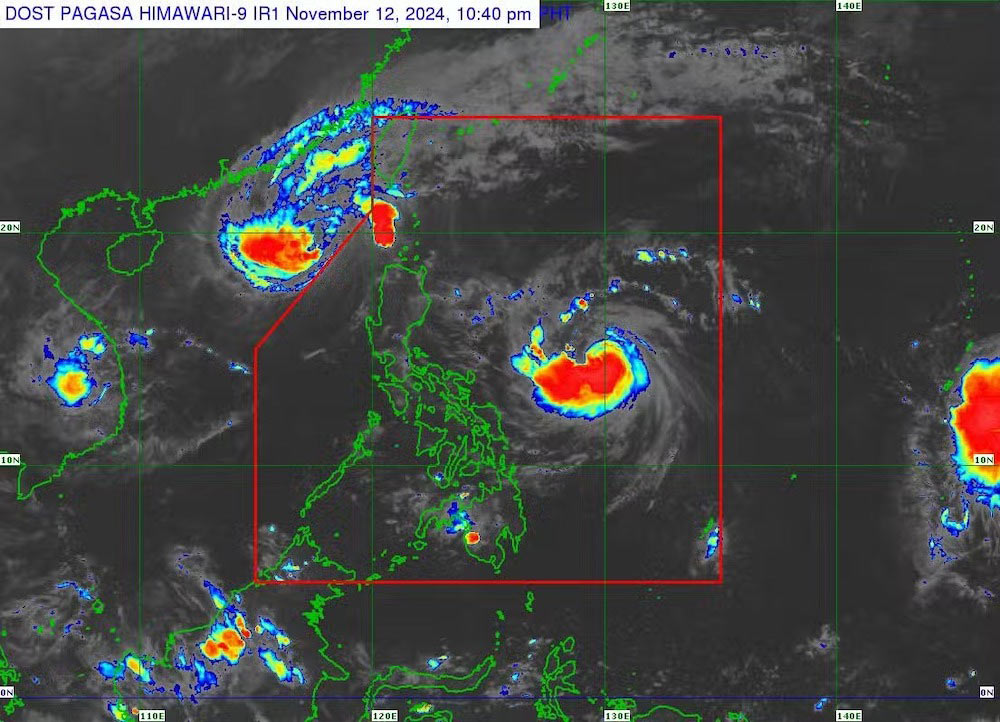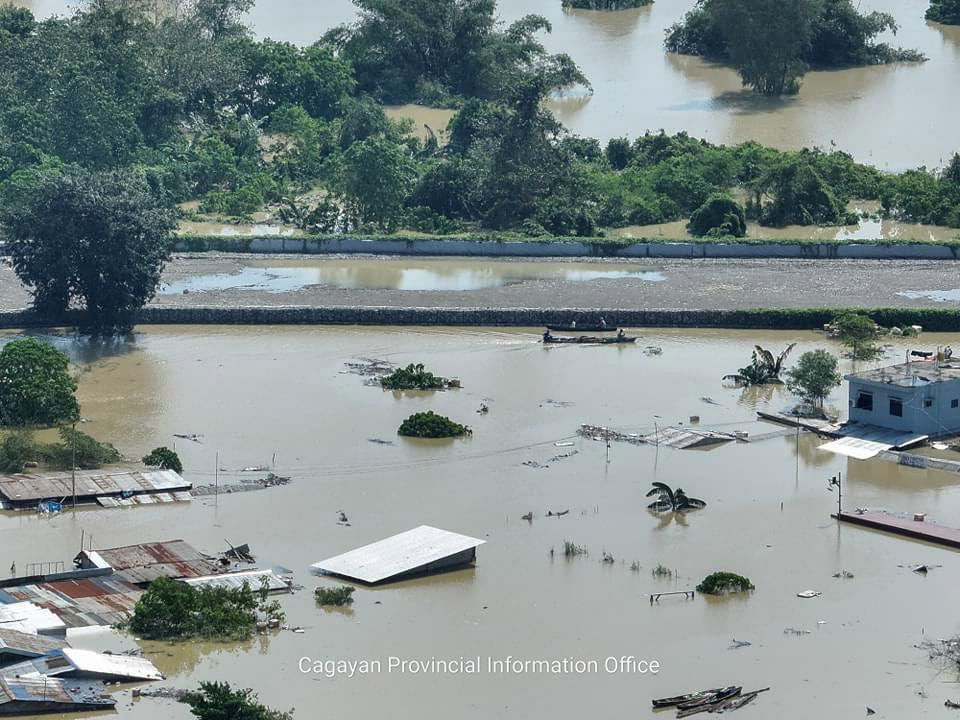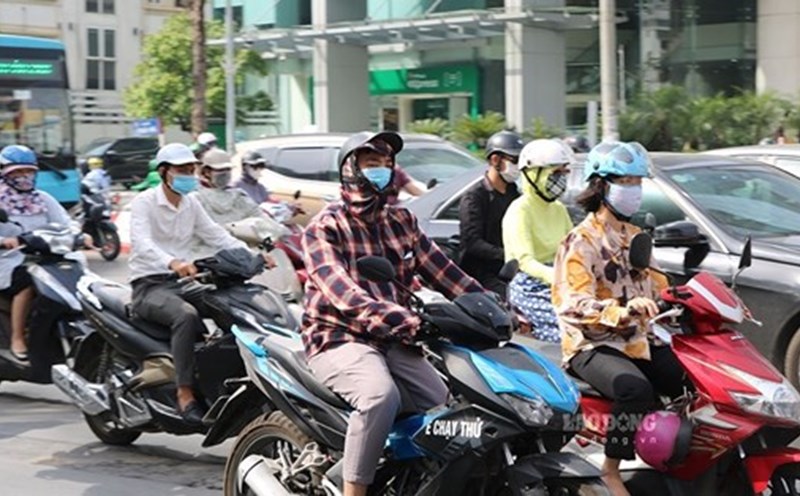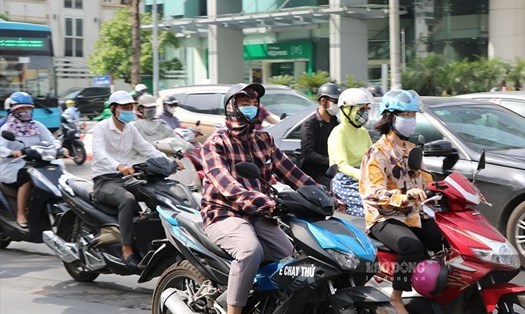The Philippine Atmospheric, Geophysical and Astronomical Services Administration (PAGASA) said Typhoon Man-yi is locally named Pepito.
The storm is expected to make landfall on the east coast of Luzon this weekend, on November 16 or 17.
The tropical storm could strengthen into a severe tropical storm and reach hurricane force by the afternoon or evening of November 14.
This tropical storm could even reach super typhoon strength, according to PAGASA.

“The possibility of rapid intensification cannot be ruled out. Since the tropical storm may attain typhoon status while over the Philippine Sea, the possibility of Man-yi attaining super typhoon status before making landfall cannot be ruled out,” PAGASA said, adding that it could make landfall at its peak intensity.
PAGASA said Man-Yi was last spotted 1,965 kilometers east of Eastern Visayas, moving west southwest at 30 kilometers per hour.
The tropical storm had maximum sustained winds of 65 km/h near the center and gusts up to 80 km/h.
Due to the high pressure area south of Japan, Typhoon Man-yi is forecast to move southwest over the next 12 hours before turning generally west as it approaches the eastern boundary of PAR.
Man-yi will be the 16th tropical storm to enter the PAR in 2024. Previously, Typhoon Toraji (Typhoon No. 8 in Vietnam, local name in the Philippines: Nika) caused severe flooding in low-lying areas in the Philippines. Meanwhile, Typhoon Ofel (international name: Usagi) threatened to make landfall in the Philippines on the afternoon of November 14.
The island nation has seen four storms in November 2024 alone.

To prepare for future typhoons, the Philippine government is exploring various measures to reduce risks. Some of the solutions include strengthening early warning systems, strengthening critical infrastructure, and implementing long-term environmental management strategies to reduce erosion and improve water resource management.
With each passing hurricane season, the need for climate adaptation measures becomes more urgent, especially as local communities, many of whom rely on agriculture and tourism, often struggle to recover and stabilize their economies.






